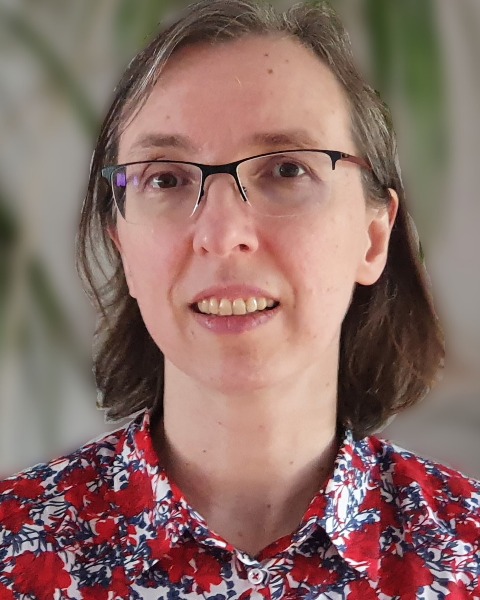Back
Formulation and Delivery – Biomolecular
Session: Symposium: Evolution in Patient-Centric Drug Formulation and Delivery (BM)
Sustained Delivery of Inhaled Biologics
Wednesday, October 19, 2022
9:30 AM – 10:00 AM ET
Location: 204 AB

Rita Vanbever, PhD
Professor / Research director FNRS
University of Louvain
Brussels, Belgium
Speaker(s)
Protein therapeutics have gained momentum in recent years and become a pillar in treating many diseases. Inhalation aerosols represent an attractive administration route for protein therapeutics in respiratory diseases as they offer a straightforward targeted therapy. Yet, only one therapeutic protein for inhalation in a respiratory disease (inhaled rhDNase in cystic fibrosis) is currently on the market and only a few more are in clinical development.
Protein therapeutics face major obstacles to successful clinical use by inhalation, including a short residence time in the respiratory tract. Most proteins are indeed cleared from the lungs within 24 hours. This presentation will address the different clearance pathways that proteins can follow after deposition in the lungs and how these pathways depend on protein physico-chemical properties. This presentation will also demonstrate how PEGylation can overcome clearance mechanisms in the lungs and provide long-acting protein therapeutics for inhalation.
Protein therapeutics face major obstacles to successful clinical use by inhalation, including a short residence time in the respiratory tract. Most proteins are indeed cleared from the lungs within 24 hours. This presentation will address the different clearance pathways that proteins can follow after deposition in the lungs and how these pathways depend on protein physico-chemical properties. This presentation will also demonstrate how PEGylation can overcome clearance mechanisms in the lungs and provide long-acting protein therapeutics for inhalation.
Learning Objectives:
- Gain insight into obstacles to the successful development of protein therapeutics for inhalation.
- Apprehend clearance pathways of proteins in the lungs and their dependence on protein properties.
- Appreciate the potential and limitations of PEGylation as a strategy to prolong protein residence time in the lungs.

